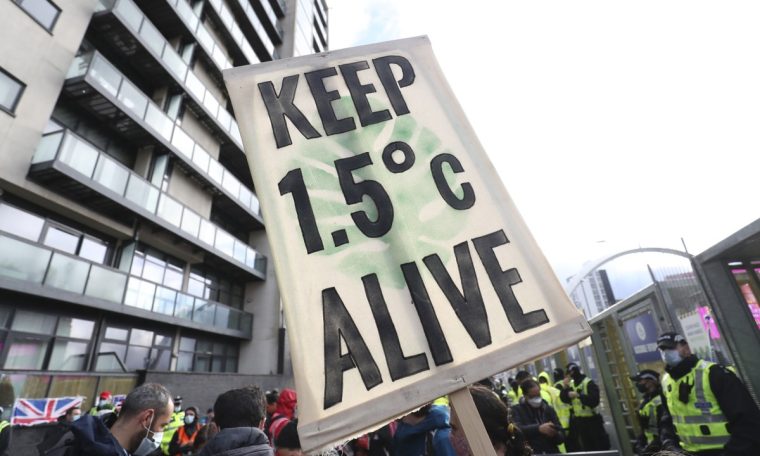
The World Meteorological Organization (WMO) reported this Monday (9) that the world has a 50% chance of recording a warming of 1.5ºC compared to pre-industrial levels, even for a brief period, by 2026. as well.
This does not mean that the world will exceed the 1.5 °C long-term warming threshold, which scientists have set as a ceiling to prevent catastrophic climate change. But a year with 1.5°C of warming can give a taste of what it would be like to exceed that threshold in the long run.the organization said.
“We are getting closer and closer to temporarily reaching the lower goal of the Paris Agreement”WMO Secretary General Petri Talas said. Signed in 2015, the Paris Agreement set an aim to limit temperature rise to 2ºC and preferably below 1.5ºC, compared to the pre-industrial era.
The warmest year ever recorded was 2016, when average temperatures were about 1.2 °C above pre-industrial levels, marking the period between 1850 and 1900.
The WMO report was released amid the last WMO conference United Nations On climate – COP26, which took place in Glasgow, Scotland – and the next, COP27, which will be held in Egypt. About 30,000 participants are expected to attend Sharm el-Sheikh in November, including 120 heads of state and government.
Effects of 1.5°C Heating
Chances of exceeding 1.5 °C for a short period beyond 2015 are increasing: In 2020, scientists estimated the probability to be 20% and revised it up to 40% last year.
One year even with 1.5 degree Celsius warming There could be dire effects, such as the destruction of coral reefs around the world and the reduction of ice cover in the Arctic., As global temperatures increase, climates are likely to become dry in the southwestern US and Europe and wetter in the Sahel region, Africa, northern Europe, northeastern Brazil and Australia over the next five years.
In terms of long-term averages, the global average temperature is now about 1.1 °C above the pre-industrial average.
“The damages and losses associated with climate change are already happening, some of which are likely to be irreversible in the near future,” said Max Delay, deputy director of climate at the WMO.
Current policies could lead to 3.2°C warming
Under the 2015 Paris Agreement, world leaders ideally pledged not to exceed the 1.5°C limit in the long term, but so far, countries have fallen short of the goal of reducing global emissions.
Scientists estimate that the current level of economic activity and policies has set the world on track to warm around 3.2 degrees Celsius by the end of the century.
,It is important to remember that the lack of science-based emissions policies means that we will suffer worse effects as we get closer to 1.6°C or 1.7°C and the warming thereafter.“, explained Kim Cobb, a climate scientist at the Georgia Institute of Technology in the US.



